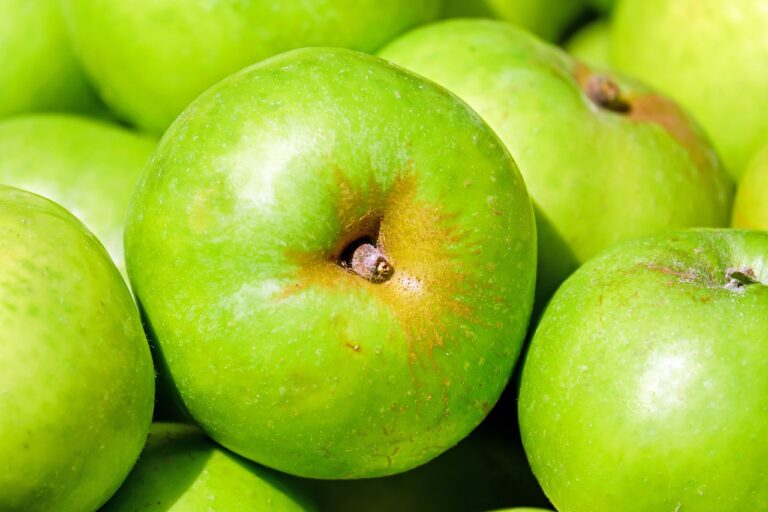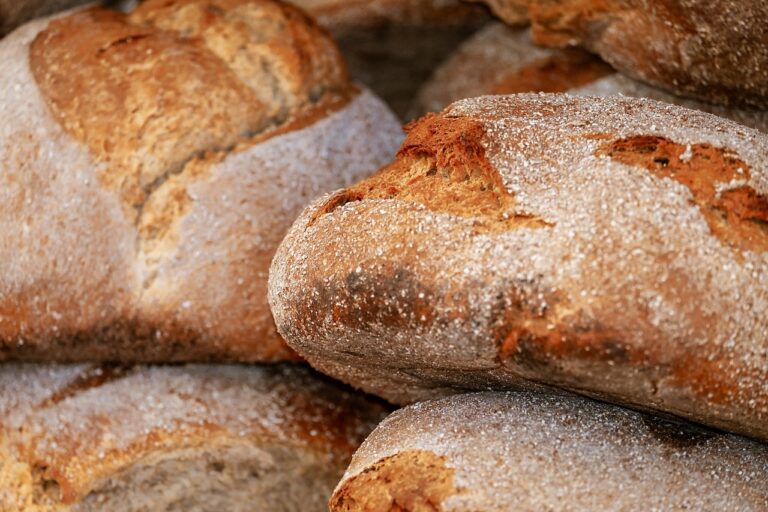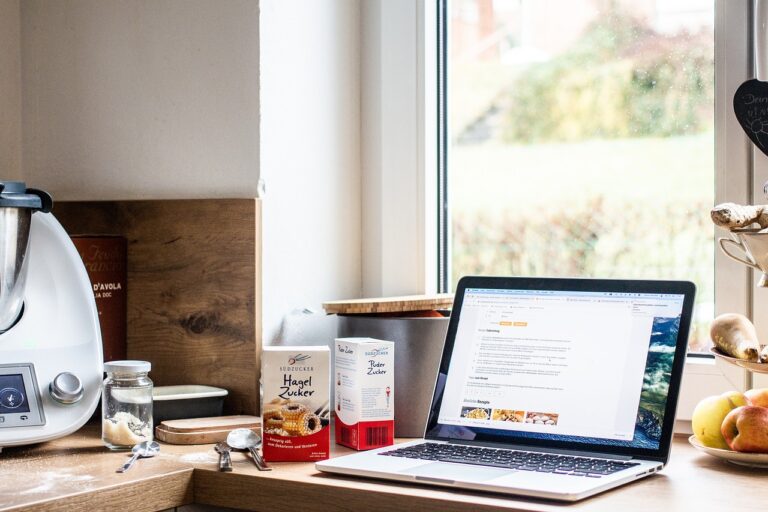The Future of Food Retail: Online Grocery Shopping and Beyond
Navigating the crowded aisles of a traditional grocery store can often be a daunting task. Shelves packed with products can make it overwhelming to find specific items, leading to a time-consuming shopping experience. Moreover, long queues at the checkout counter add to the frustration, especially during peak hours, causing delays in completing the shopping trip.
Another challenge of traditional grocery shopping is the lack of flexibility in terms of operating hours. Many brick-and-mortar stores have fixed opening and closing times, which may not always align with the busy schedules of individuals. This restriction can make it difficult for working professionals or parents with tight routines to find a convenient time to shop for groceries, resulting in added stress and inconvenience.
Navigating crowded aisles and shelves can be overwhelming
Long queues at checkout counters during peak hours cause delays
Lack of flexibility in operating hours can be inconvenient for busy individuals
Fixed opening and closing times may not align with schedules, causing added stress
Advantages of Online Grocery Shopping
Online grocery shopping offers convenience and time-saving benefits to shoppers from the comfort of their homes. With just a few clicks, customers can easily browse for products, add them to their virtual cart, and complete the purchase process within minutes. This eliminates the need to travel to physical stores, wait in long lines, or deal with crowded aisles, providing a hassle-free shopping experience.
Furthermore, online grocery platforms often provide a wider range of products and brand options compared to traditional stores. Customers can easily compare prices, read product reviews, and discover new items without the limitations of physical shelf space. This variety allows shoppers to access specialty products or harder-to-find items that may not be available in local supermarkets, enhancing their overall shopping experience.
Emerging Technologies in Food Retail
Technology advancements are rapidly transforming the landscape of food retail, with innovative solutions designed to enhance the overall shopping experience. From cashierless stores that utilize AI and computer vision to track purchases in real-time to mobile apps that offer personalized recommendations based on past shopping habits and dietary preferences, these technologies are revolutionizing the way consumers interact with grocery stores. Additionally, the use of delivery drones and autonomous vehicles for efficient and convenient home delivery services is becoming increasingly common, providing customers with the convenience of receiving their groceries at their doorstep within a matter of hours.
Moreover, virtual reality (VR) and augmented reality (AR) technologies are being integrated into the food retail sector to offer immersive experiences to consumers. With VR, customers can explore virtual grocery stores and make their selections from the comfort of their own homes, while AR applications allow shoppers to visualize product information and promotions in-store through their smartphones. These technologies not only provide a more engaging shopping experience but also help retailers better understand consumer behavior and preferences, ultimately leading to more targeted marketing strategies and increased customer satisfaction.
What are some challenges of traditional grocery shopping?
Some challenges of traditional grocery shopping include long wait times at checkout, limited selection of products, and the need to physically visit the store.
What are the advantages of online grocery shopping?
The advantages of online grocery shopping include convenience, a wide selection of products, the ability to compare prices easily, and the option for home delivery.
What are some emerging technologies in food retail?
Some emerging technologies in food retail include artificial intelligence for personalized recommendations, mobile apps for easy ordering and tracking, and self-checkout kiosks for a quicker shopping experience.







